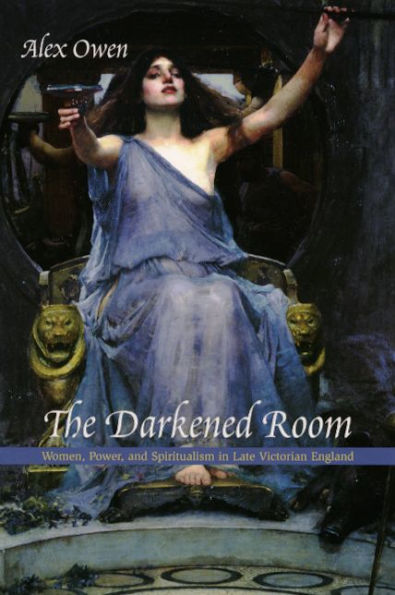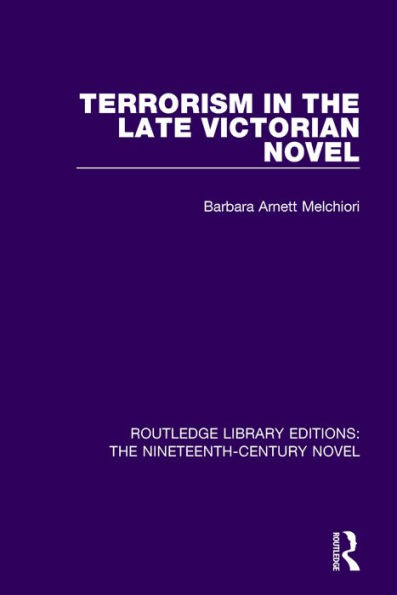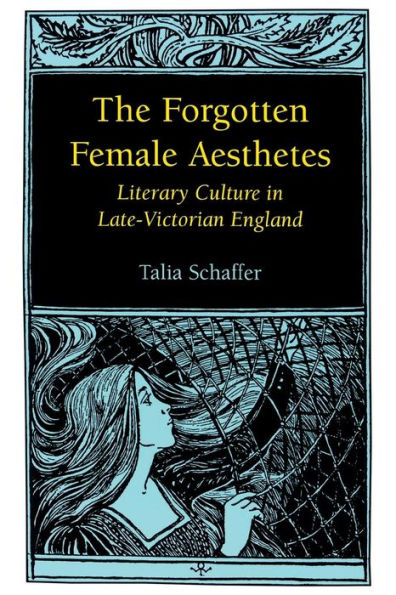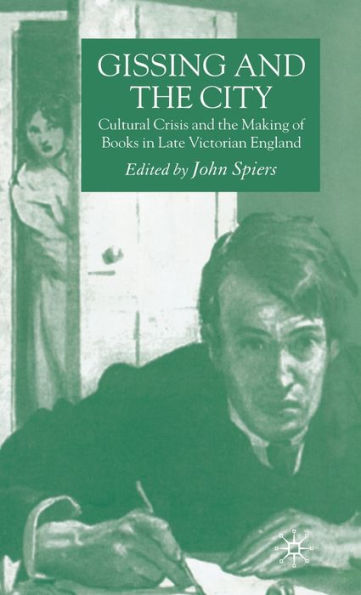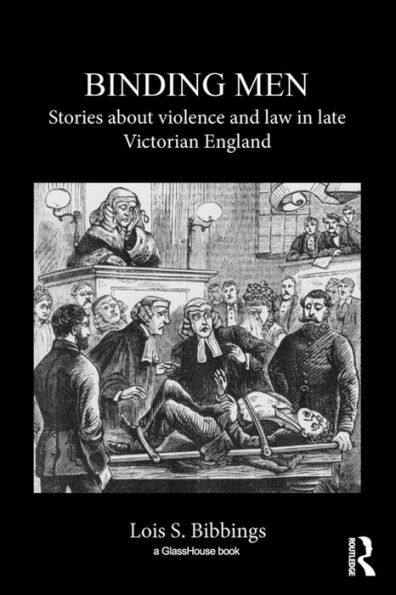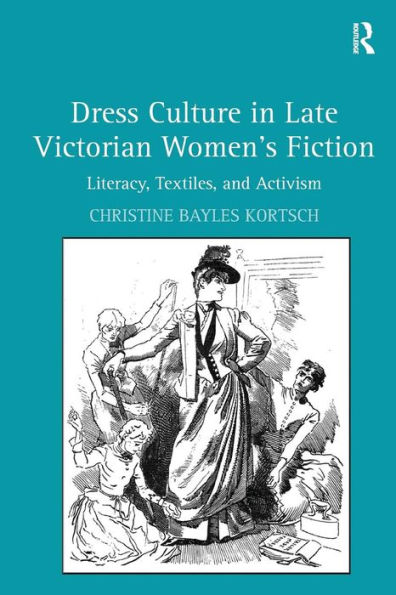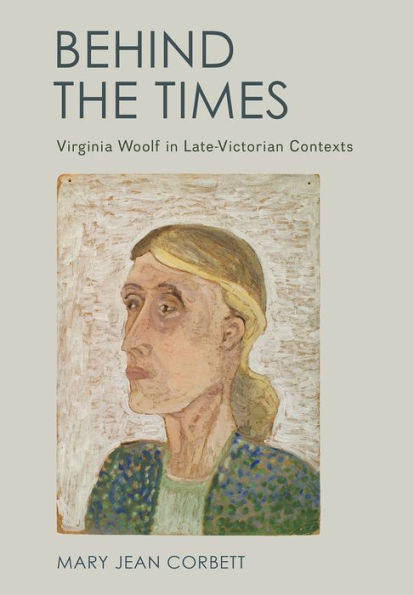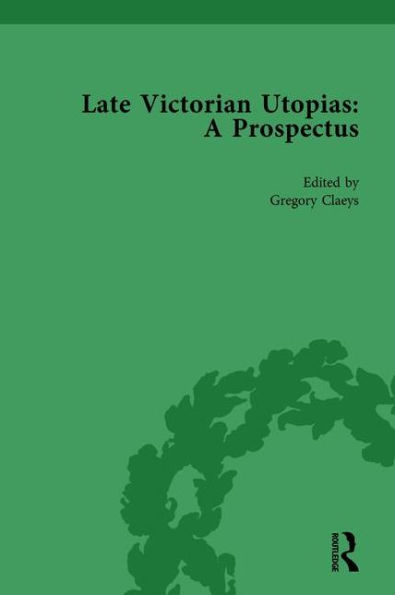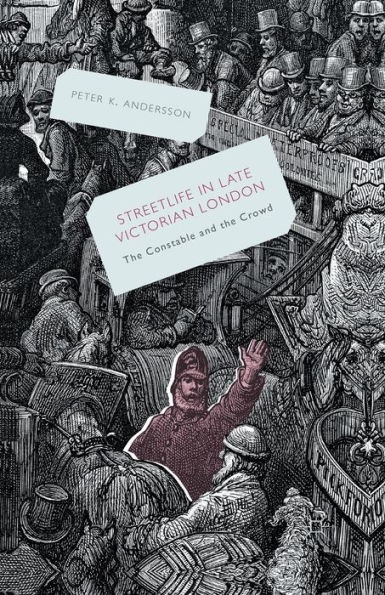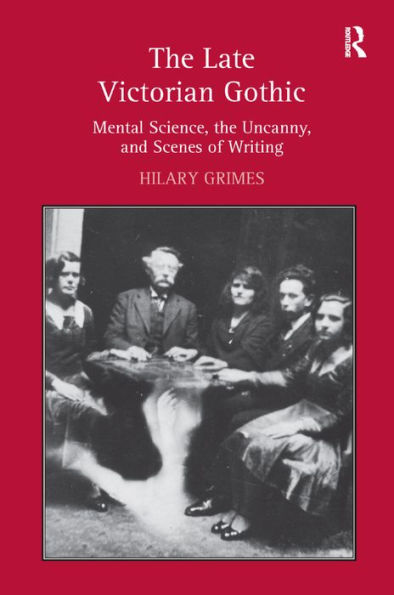Home
Women, Art and Money Late Victorian Edwardian England: the Hustle Scramble
Barnes and Noble
Women, Art and Money Late Victorian Edwardian England: the Hustle Scramble
Current price: $150.00
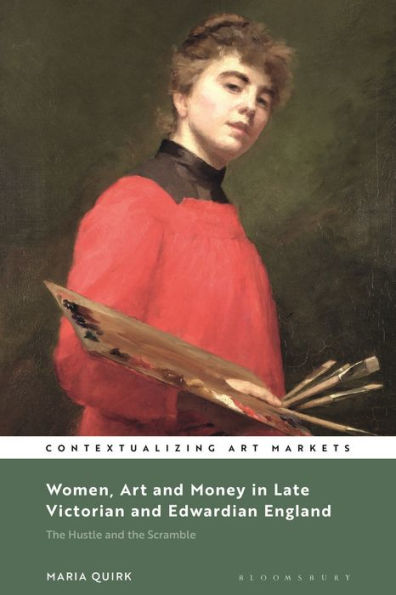

Barnes and Noble
Women, Art and Money Late Victorian Edwardian England: the Hustle Scramble
Current price: $150.00
Size: Hardcover
Loading Inventory...
*Product information may vary - to confirm product availability, pricing, shipping and return information please contact Barnes and Noble
Women, Art and Money in England
establishes the importance of women artists' commercial dealings to their professional identities and reputations in the late nineteenth and early twentieth centuries. Grounded in economic, social and art history, the book draws on and synthesises data from a broad range of documentary and archival sources to present a comprehensive history of women artists' professional status and business relationships within the complex and changing art market of late-Victorian England.
By providing new insights into the routines and incomes of women artists, and the spaces where they created, exhibited and sold their art, this book challenges established ideas about what women had to do to be considered 'professional' artists. More important than a Royal Academy education or membership to exhibiting societies was a woman's ability to sell her work. This meant that women had strong incentive to paint in saleable, popular and 'middlebrow' genres, which reinforced prejudices towards women's 'naturally' inferior artistic ability – prejudices that continued far into the twentieth century.
From shining a light on the difficult to trace pecuniary arrangements of little researched artists like Ethel Mortlock to offering new and direct comparisons between the incomes earned by male and female artists, and the genres, commissions and exhibitions that earned women the most money,
Women, Art and Money
is a timely contribution to the history of women's working lives that is relevant to a number of scholarly disciplines.
establishes the importance of women artists' commercial dealings to their professional identities and reputations in the late nineteenth and early twentieth centuries. Grounded in economic, social and art history, the book draws on and synthesises data from a broad range of documentary and archival sources to present a comprehensive history of women artists' professional status and business relationships within the complex and changing art market of late-Victorian England.
By providing new insights into the routines and incomes of women artists, and the spaces where they created, exhibited and sold their art, this book challenges established ideas about what women had to do to be considered 'professional' artists. More important than a Royal Academy education or membership to exhibiting societies was a woman's ability to sell her work. This meant that women had strong incentive to paint in saleable, popular and 'middlebrow' genres, which reinforced prejudices towards women's 'naturally' inferior artistic ability – prejudices that continued far into the twentieth century.
From shining a light on the difficult to trace pecuniary arrangements of little researched artists like Ethel Mortlock to offering new and direct comparisons between the incomes earned by male and female artists, and the genres, commissions and exhibitions that earned women the most money,
Women, Art and Money
is a timely contribution to the history of women's working lives that is relevant to a number of scholarly disciplines.
